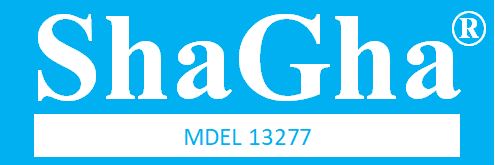Today, healthcare organizations including hospitals, labs, spas, and clinics have spent extra focus on customization marketing to brand themselves and create positive impressions among the public, customers, and employees. One of the most effective strategies of customization marketing is creating custom clothing and garments. There are several techniques available in the market, which can produce eye-catching, high-quality results at low costs.

Embroidery
- Embroidery sounds pretty old-fashioned; however, it is still by far the most popular and efficient method, especially for small and medium companies.
- Embroidery is cost-effective, and it can give a subtle, sleek touch to the garment.
- Nowadays, the designs are stored digitally; which saves a great deal of time for the embroidery services.
- The only shortcoming of this method is that embroidery is not very ideal for some types of garments and limited by size.
Laser Etching
- Laser etching is currently one of the newest trends in customizing apparel. This method is known for its accuracy and precision in production.
- It is the process in which the laser is used to burn a portion of the fabric and engrave the marks on the fabric.
- What’s great about laser etching is that this method can create a subtle, detailed design on several fabric types. Moreover, this method can work well on almost any shape and size as required.
- One of the few cons of this option is that it may not work well with certain colors.
Debossing/ Embossing
- Want to create an impressive and premium-feel look for garments? The debossing/ embossing methods are the best options to create a high-class feel to the garment.
- The process of debossing works in a pretty simple way. It starts with pushing a metal die plate of the artwork into the fabric. Then, the metal die plate is pushed with pressure and heat, and as a result, the mark is left on the fabric with exceptional detail.
- This technique creates an impressive 3D appearance for the garment. Moreover, it can work well on various types of fabric and all colors.
- Cons of these methods are that they cannot be done over seams and zippers.
Heat Printing
- Heat printing, also known as heat transfer printing, is the process of applying the heat-applied carrier paper onto the fabric with the heat press. The heat-applied materials contain the heat-sensitive adhesive on one side. When heat is applied to the material, the artwork is left on the garment.
- This method is easy, clean, and cost-effective to customize the garment. It creates a detailed, vivid look for the garment without damaging the performance and durability of the garment.
- Heat printing can work smoothly on several fabrics regardless of shape, size, and design.
- The shortcoming of this method is that, if produced with low-quality transfer paper and poor techniques, the transfers may crack and peel off after a few times of wash and wear.
Woven Label
- This technique is a unique alternative to traditional decoration options. From simple to complex logos, all of them can be made into woven labels, which are easily applied to any outerwear, apparel, and headwear.
- The biggest pros of woven labels are that it takes a long time for the woven labels to get fading when compared with printed labels.
Other Techniques
- There are other techniques, which are also cost-effective, and time-saving depending on particular needs. To name a few more popular techniques in the market, there are screen printing, fabric applique, reverse fabric applique, pewter, liquid metal applique, and multi-decoration which are known for their pros and cons.

